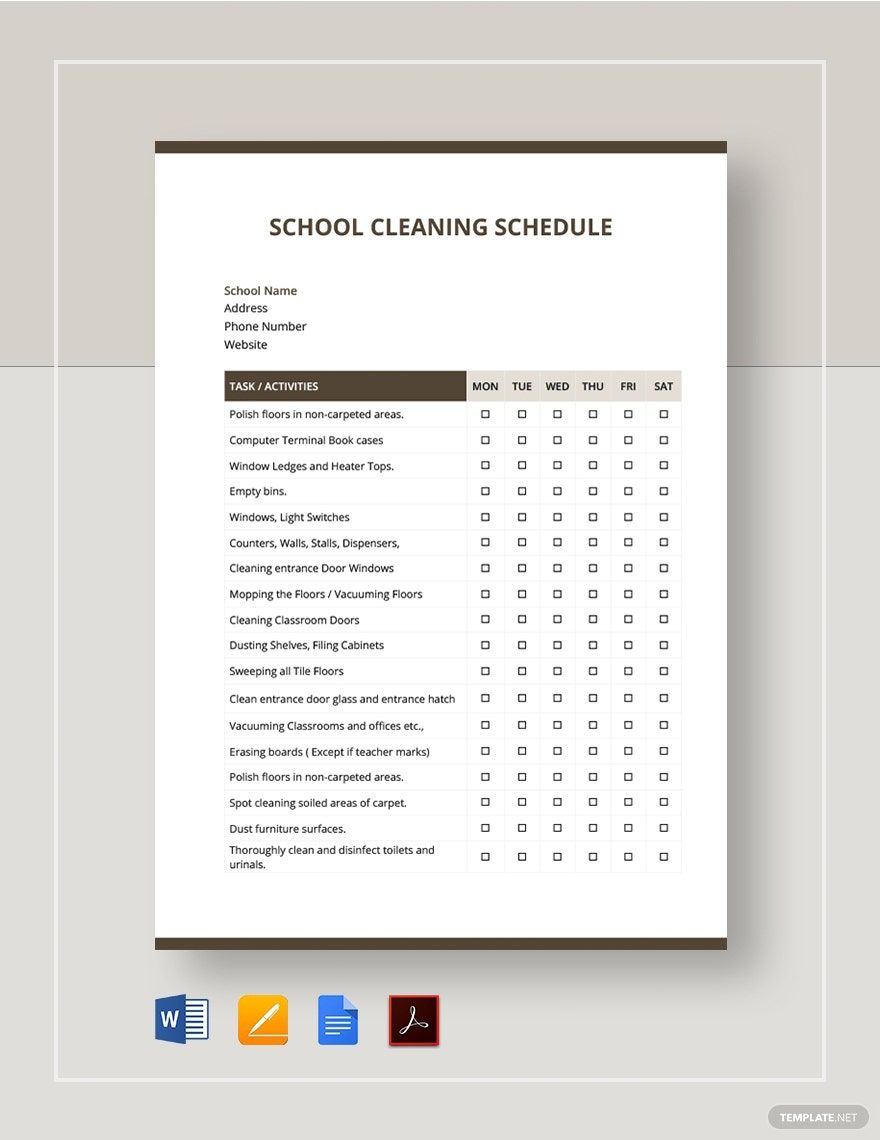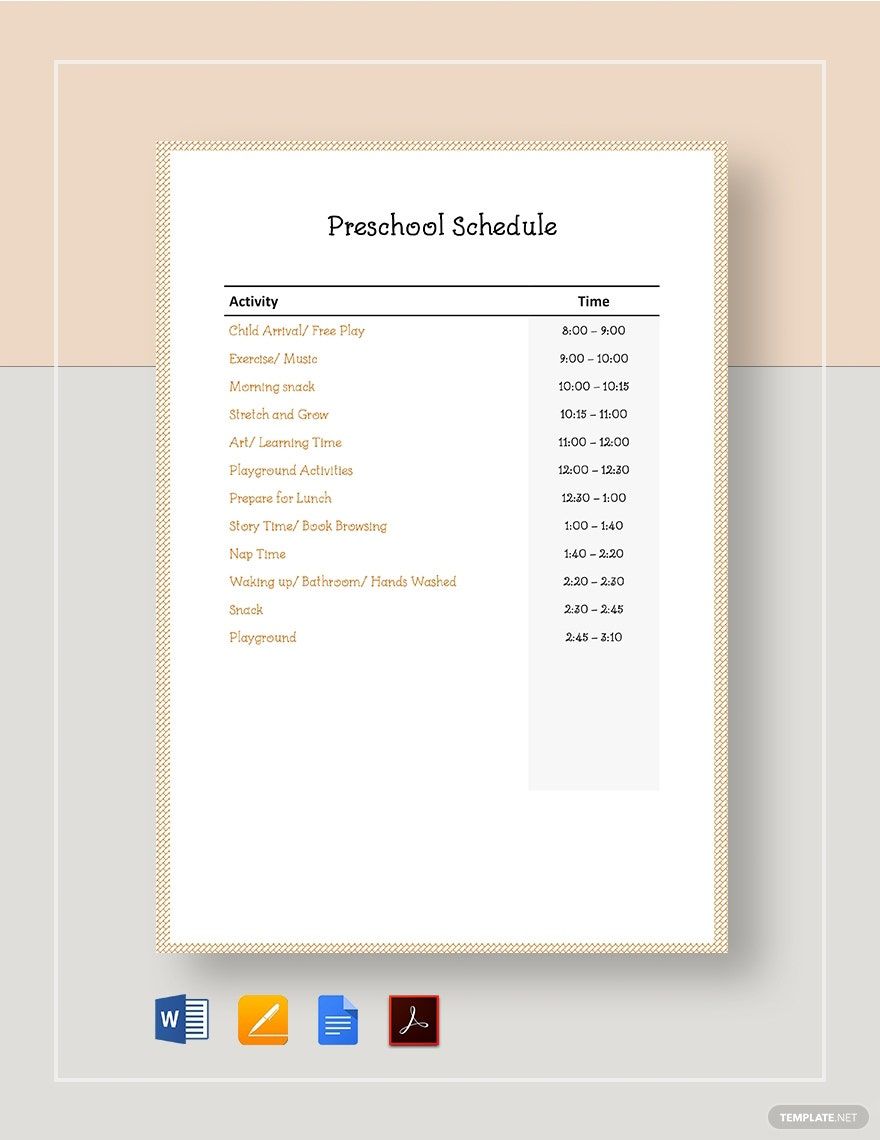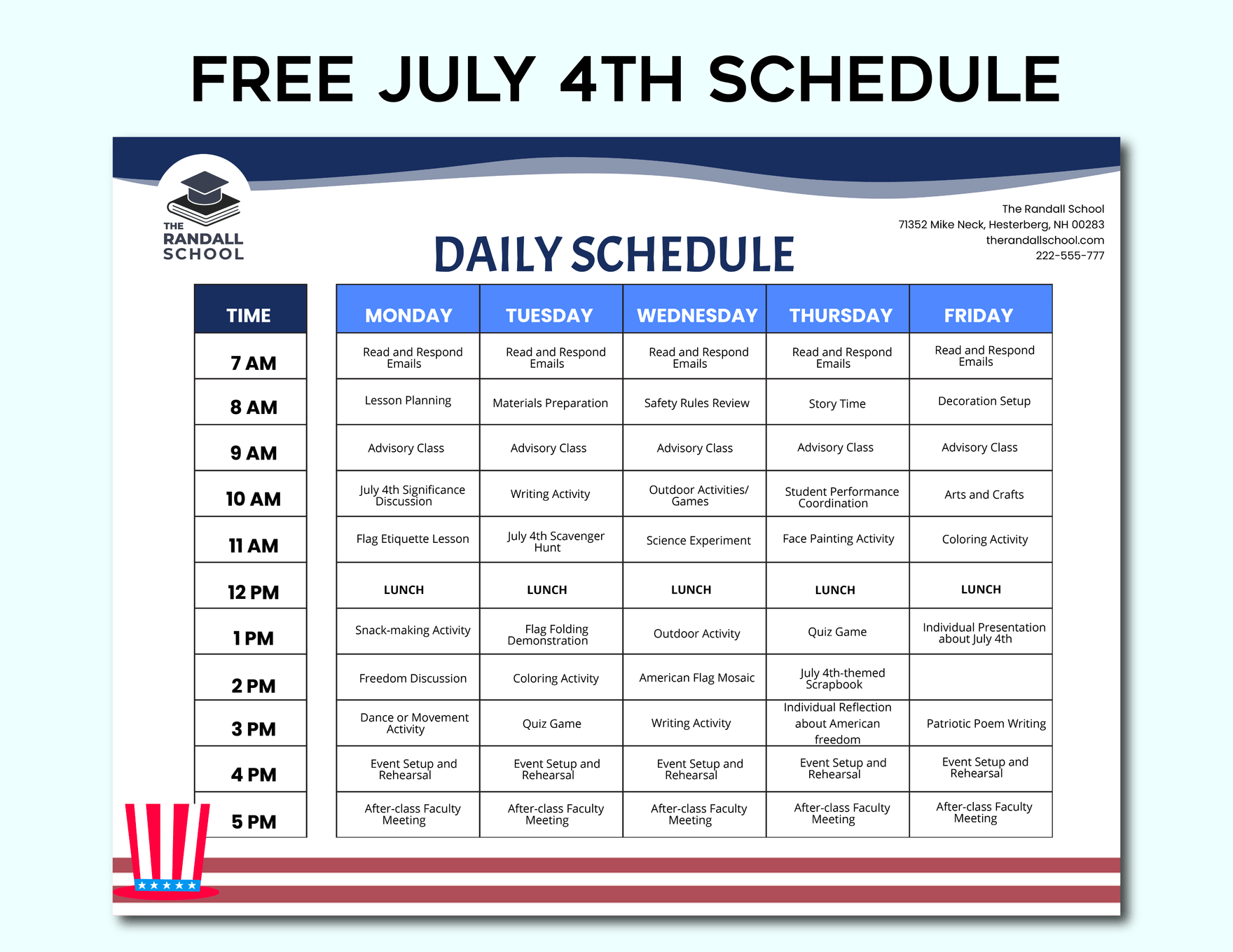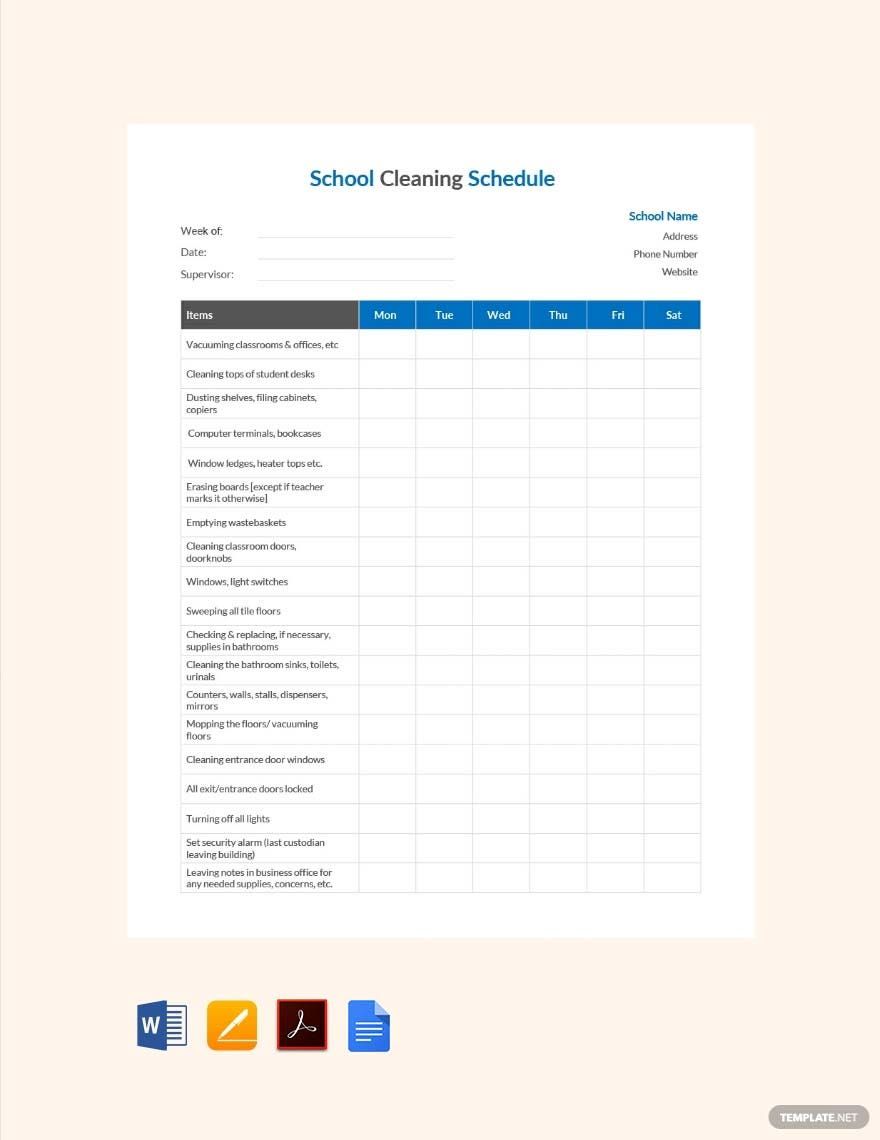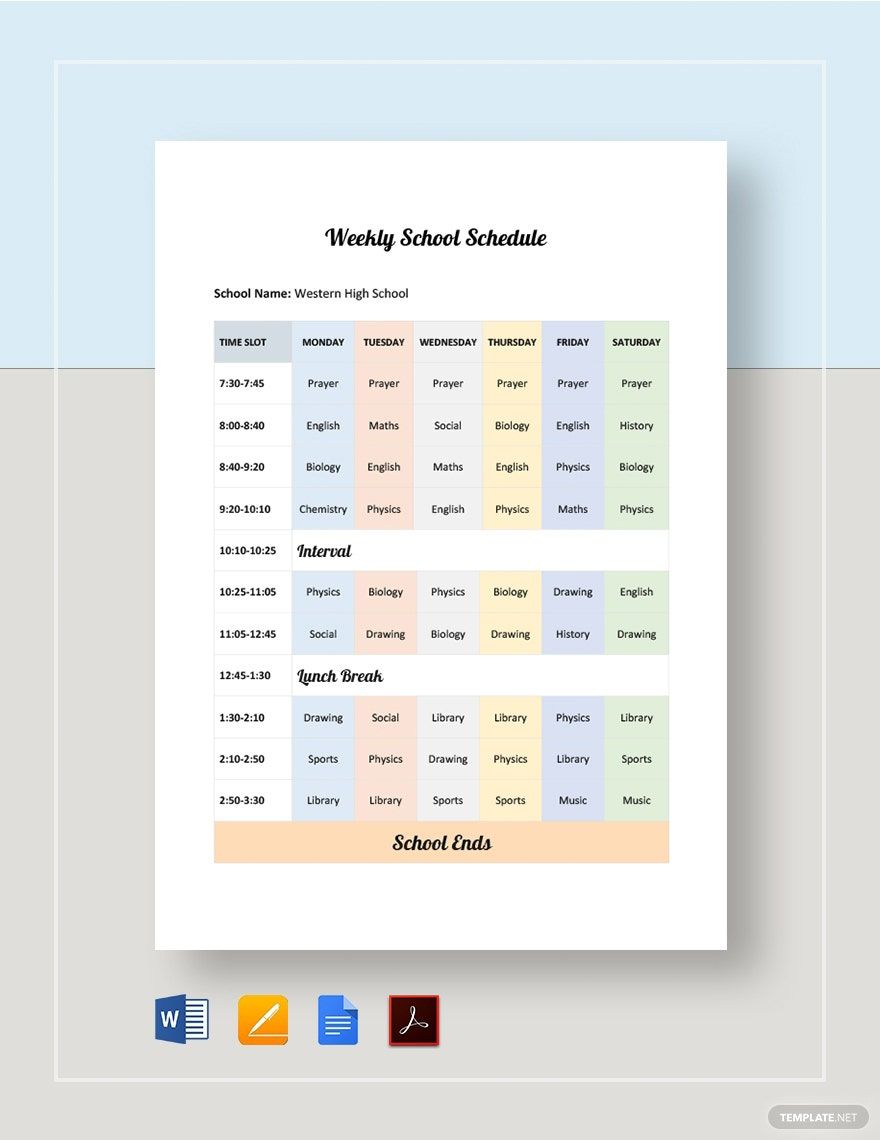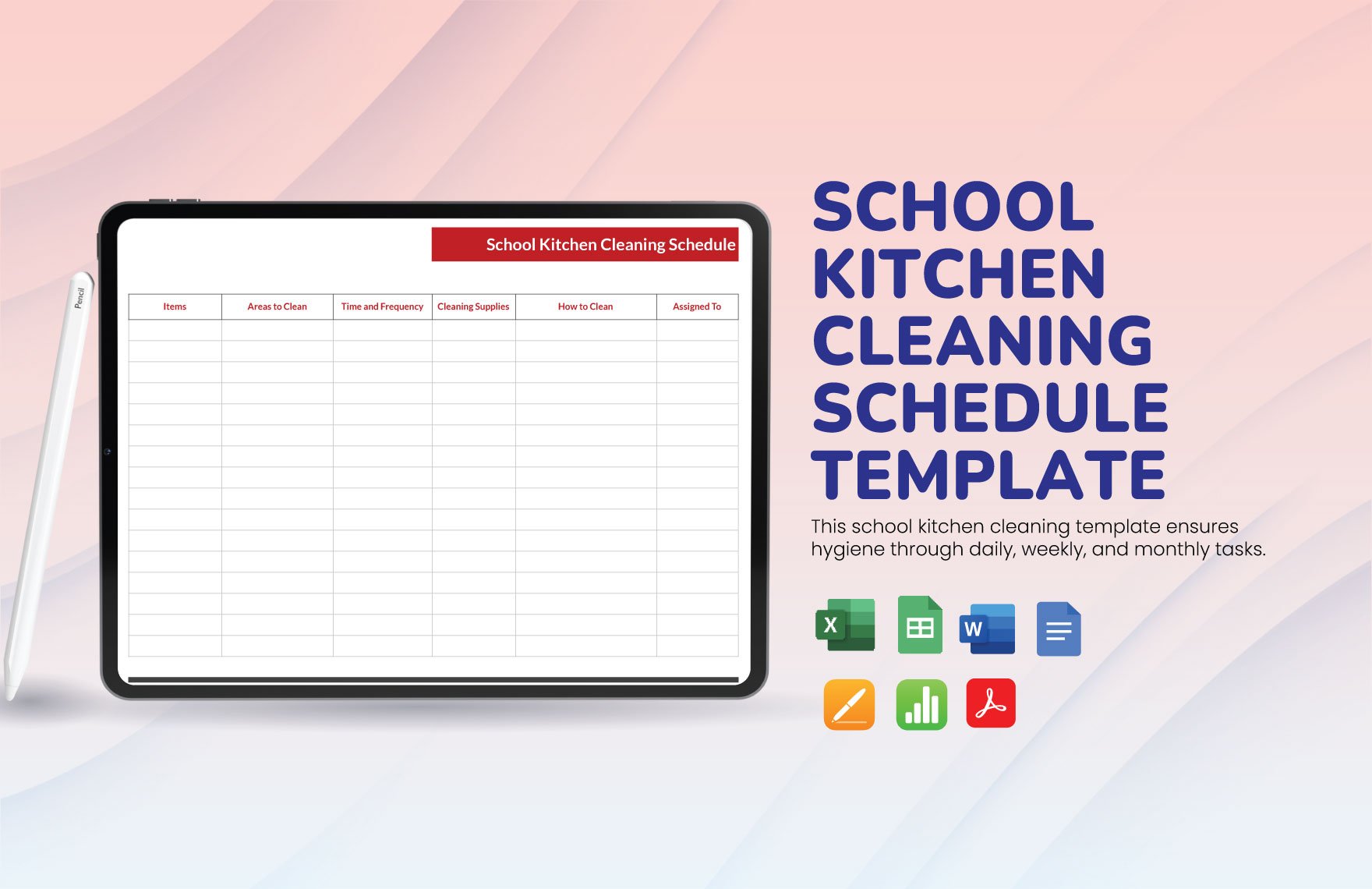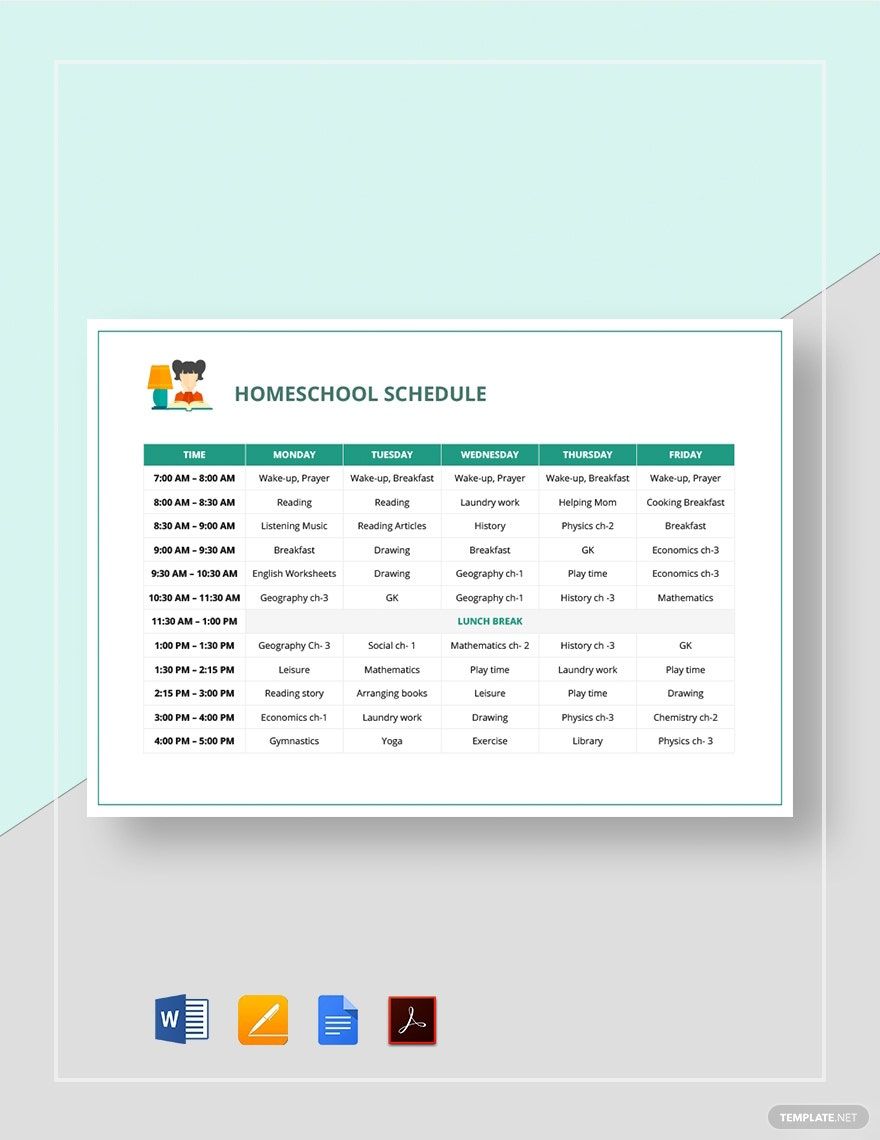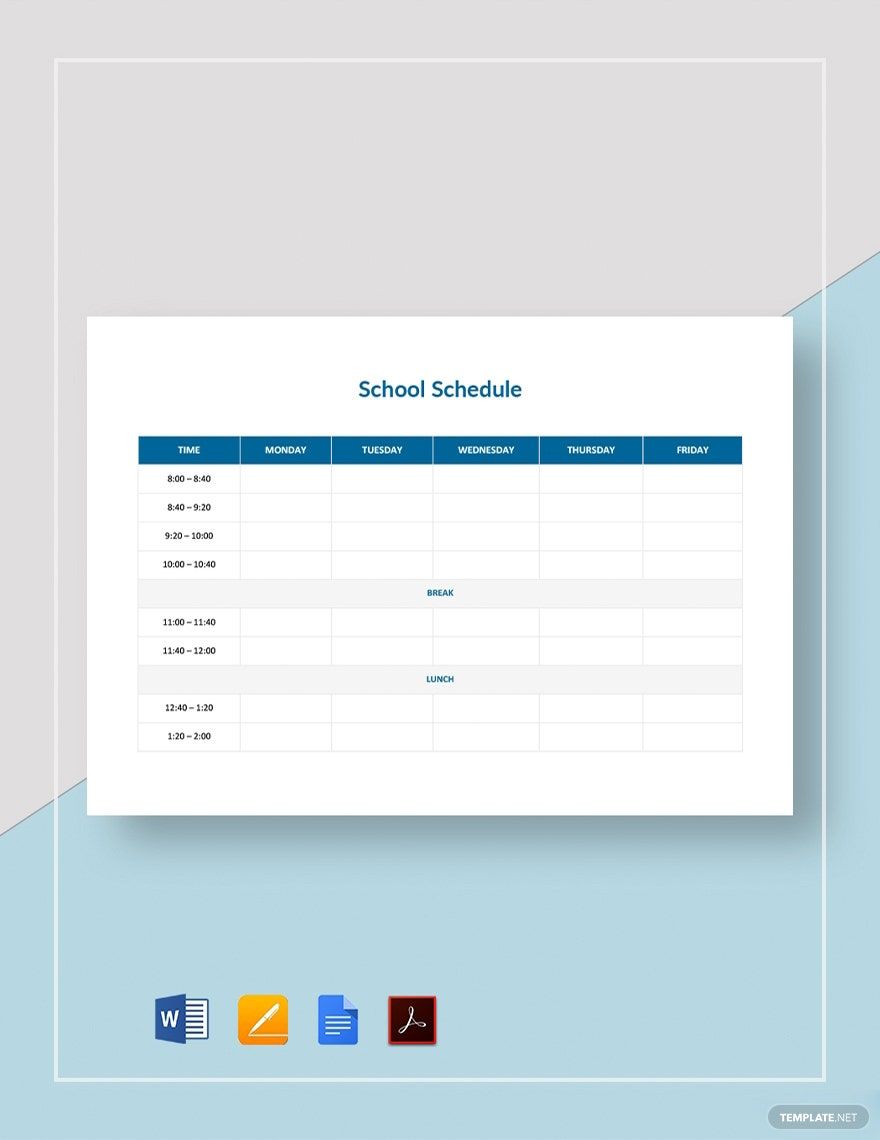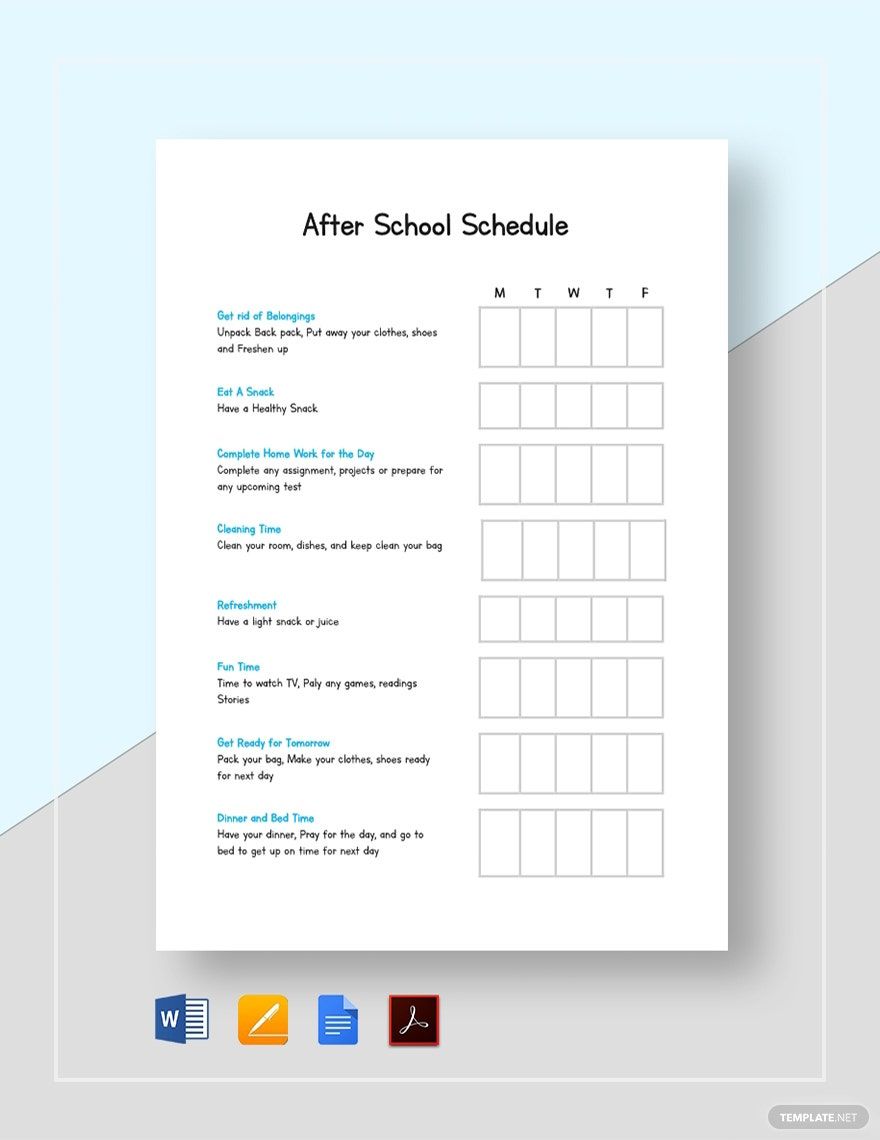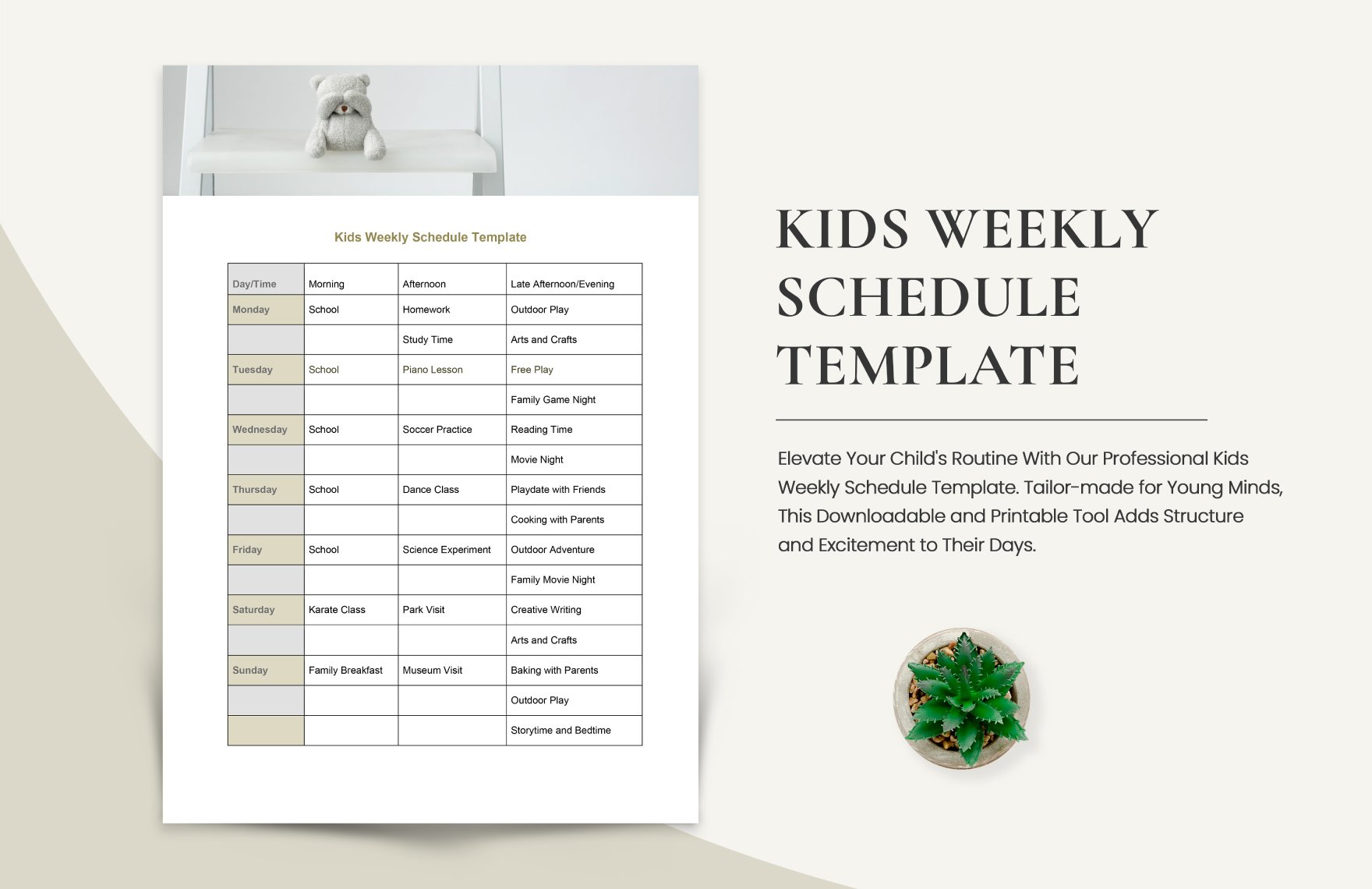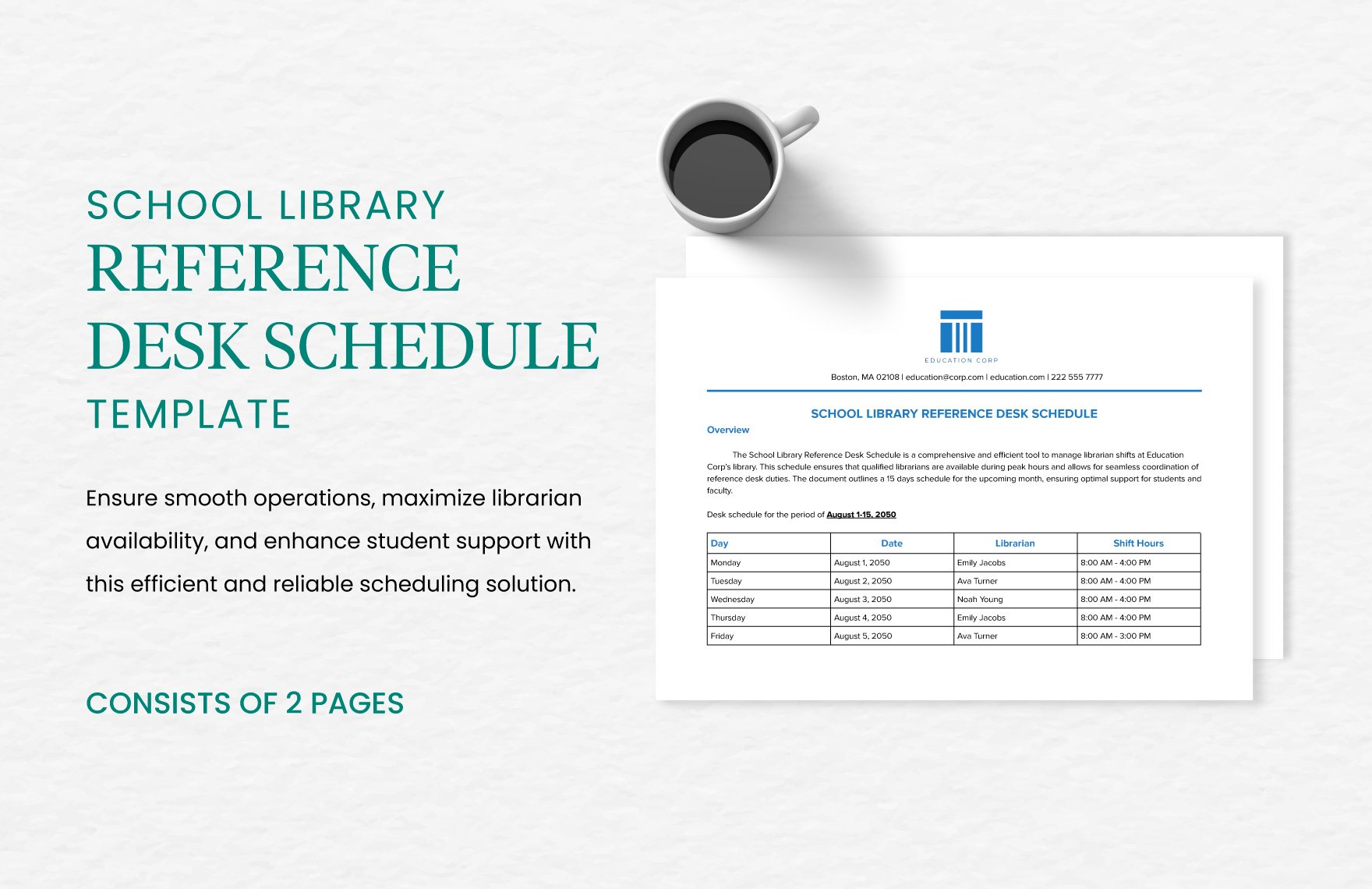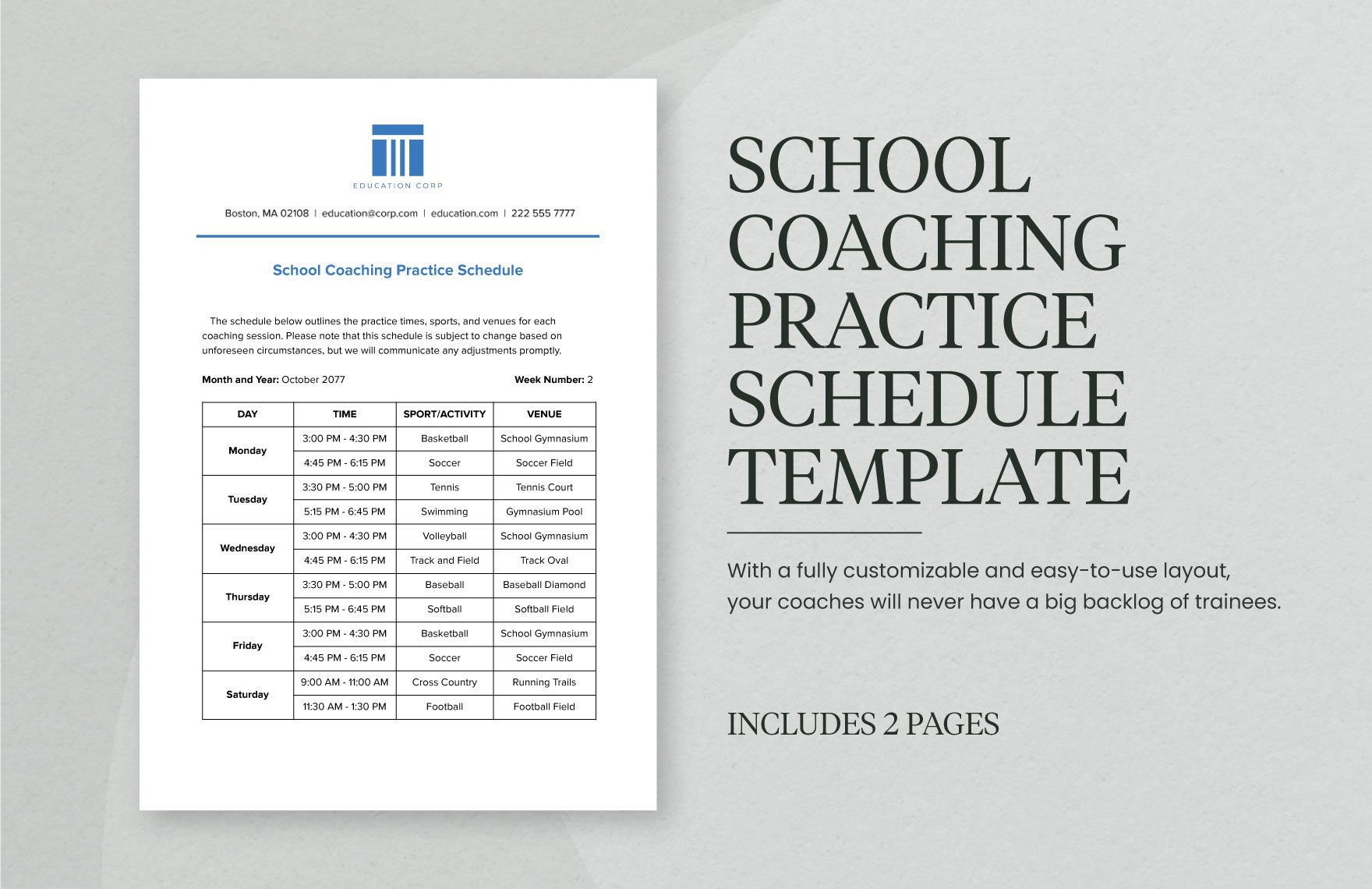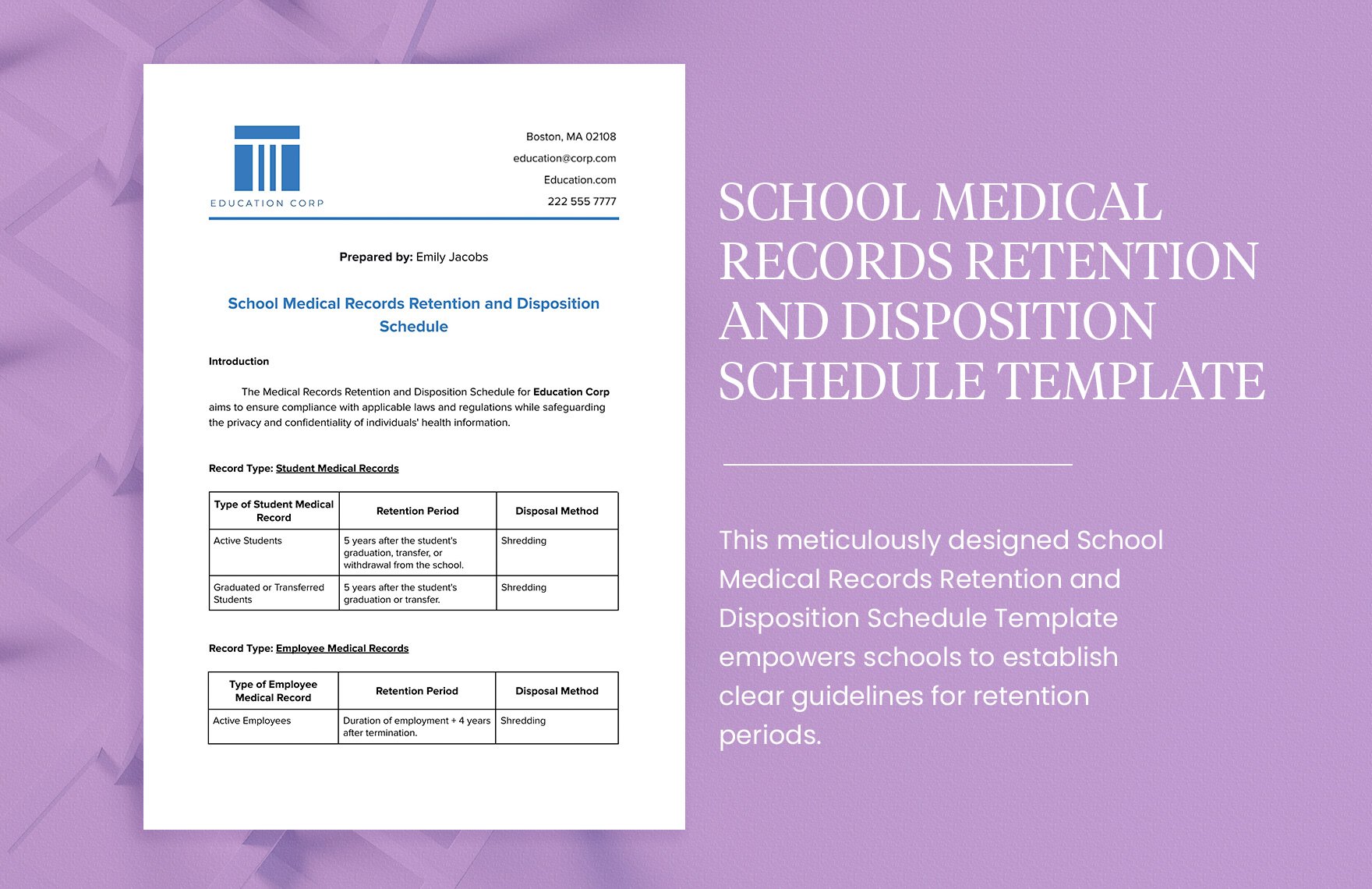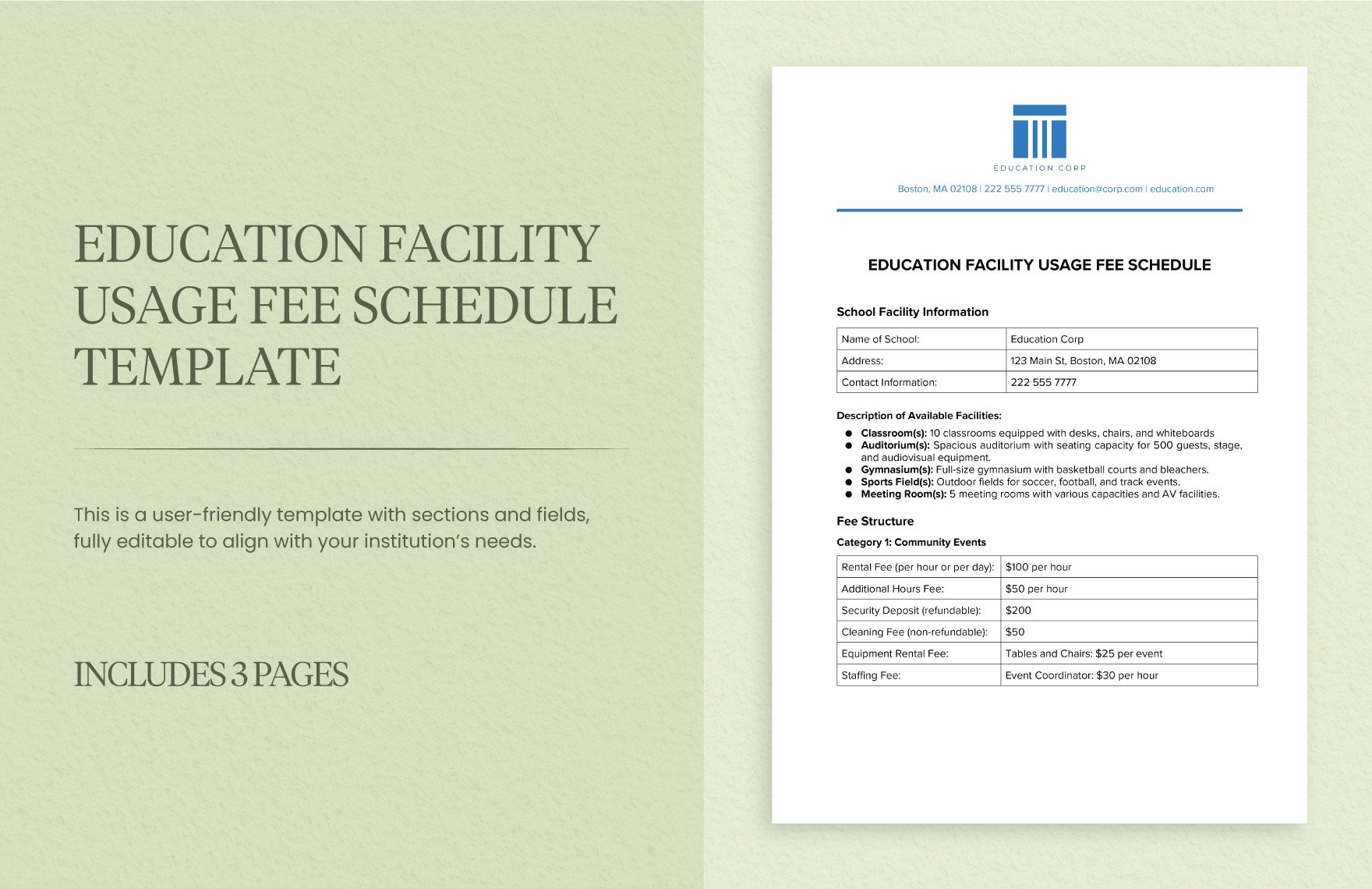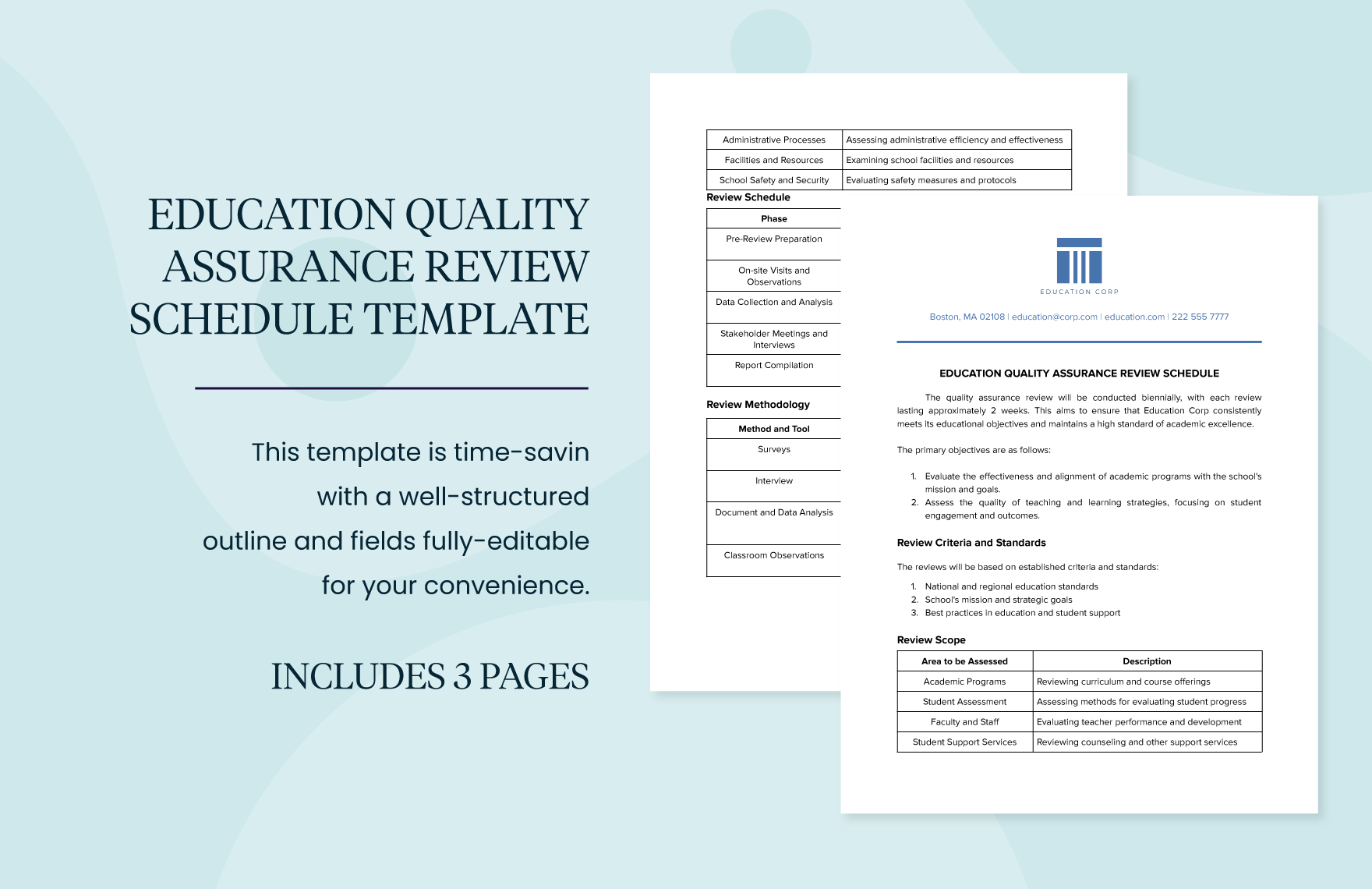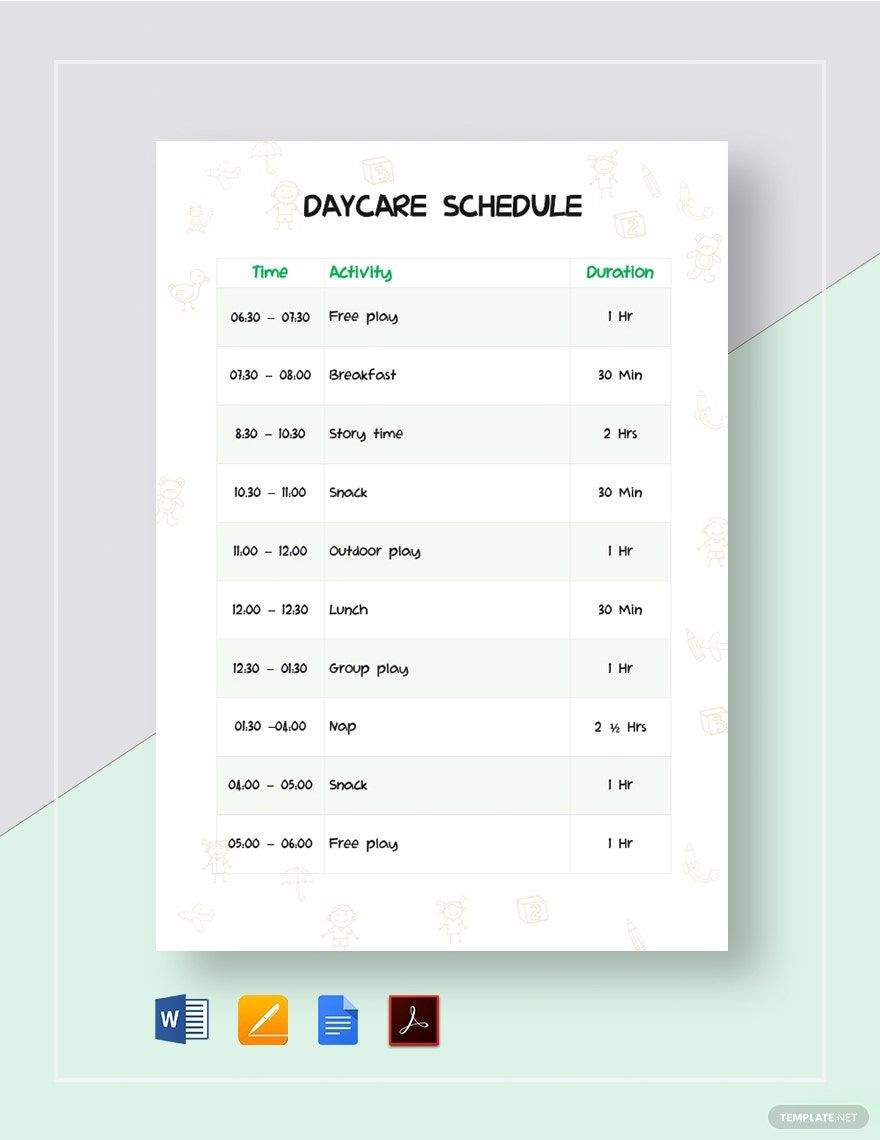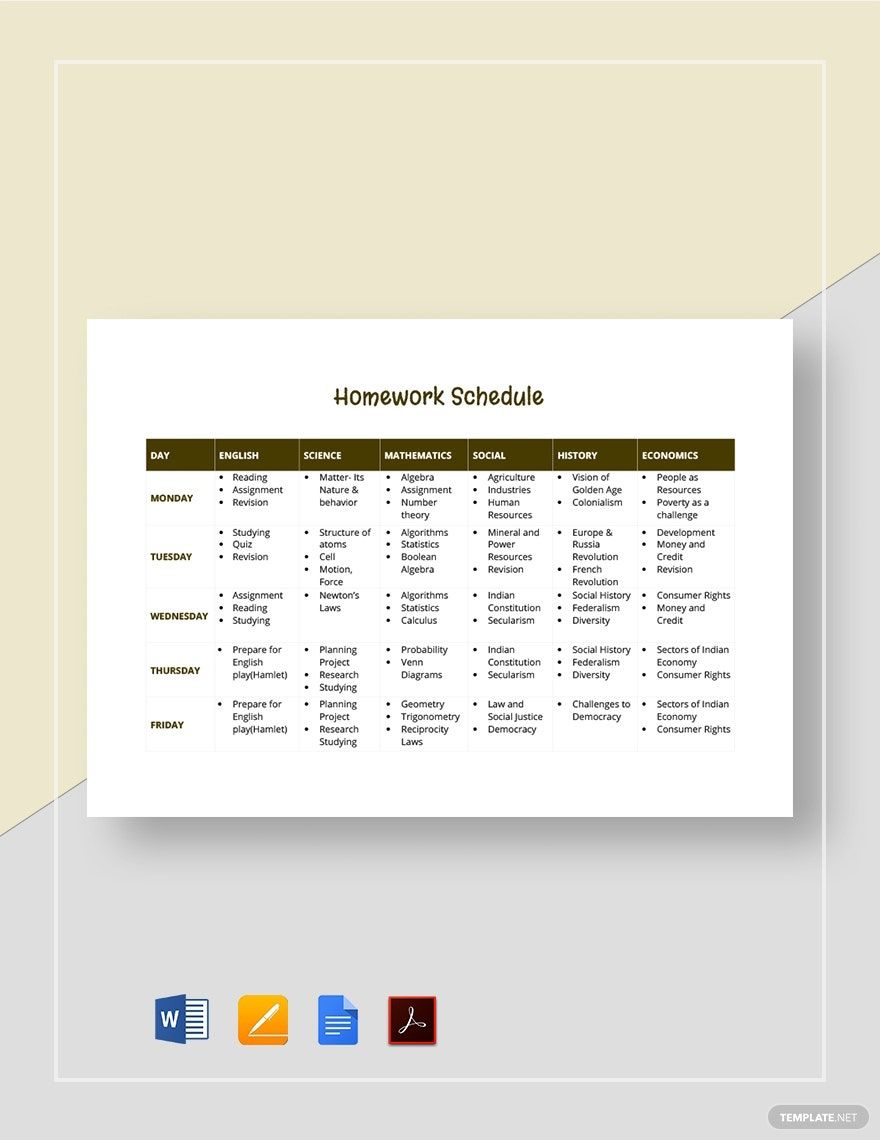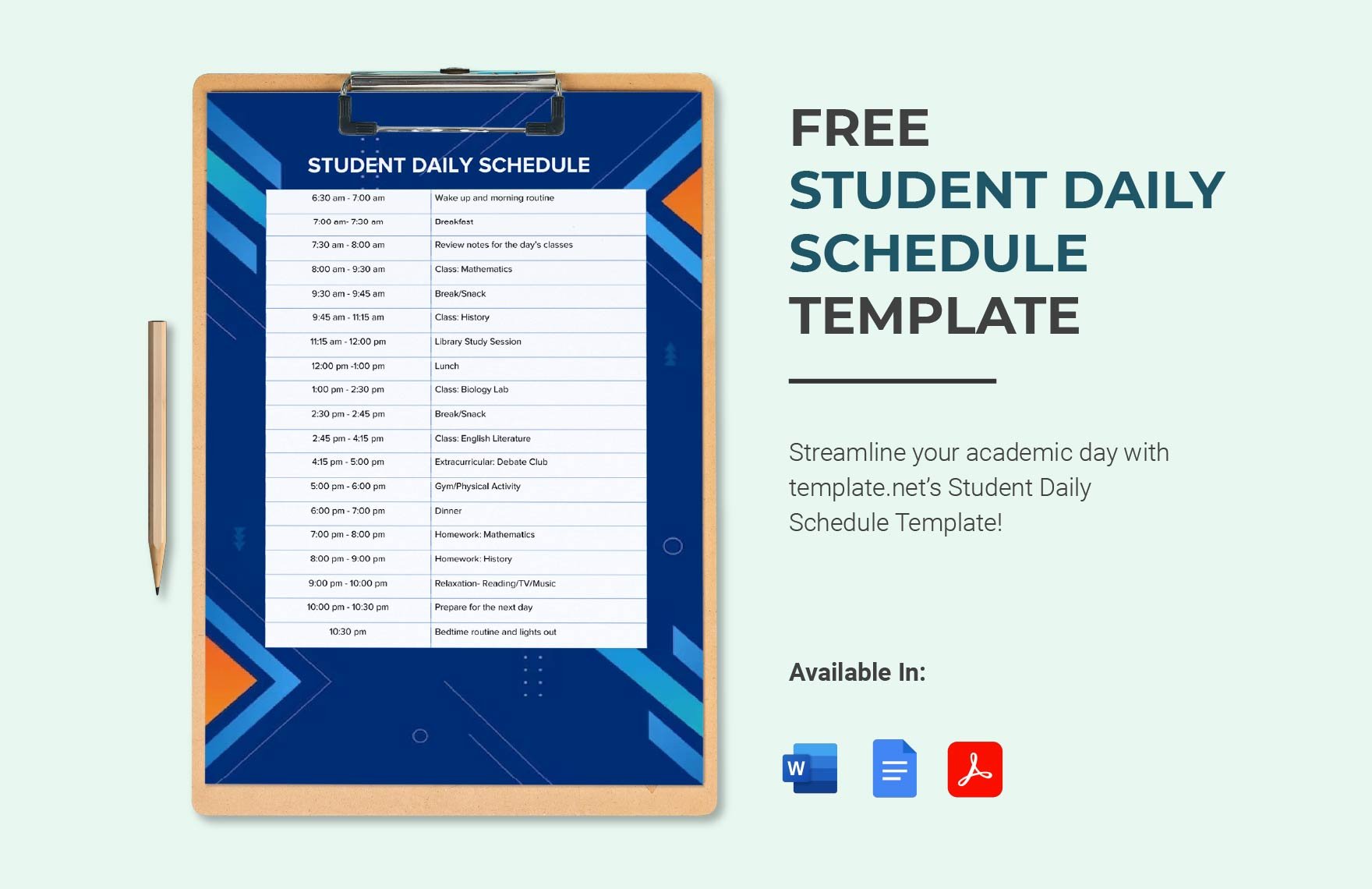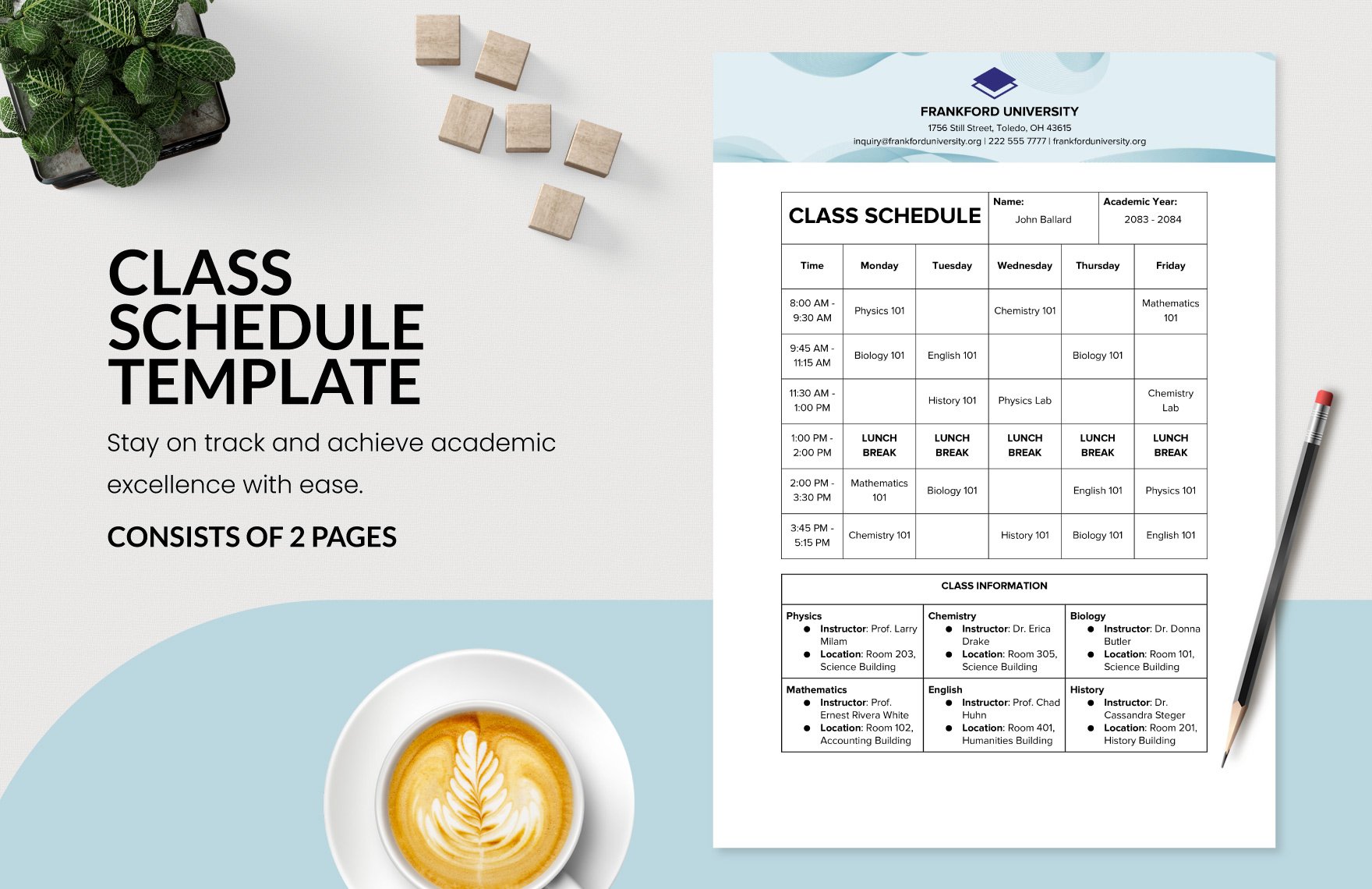Quality education is not just about learning to solve Math problems nor knowing to formulate scientific case studies. It’s also about how you approach the tendencies of struggles and procrastinations upon squeezing in all tasks in a given timeframe. The way you fix a time for your school workloads impact your productivity. And to assist you whenever you are having difficulty, put everything to detail. Our Ready-Made School Schedule Templates in PDF is useful for prioritizing tasks that need to finish within the day. Get a copy in A4 and US Letter sizes. With a handy tool ready, you can finally do your priority. Avoid wasting time. So, download our template today!
School Schedule Templates in PDF
Our customizable school schedule templates in PDF are free and professional. Easily download, print, or personalize. Get started today!
